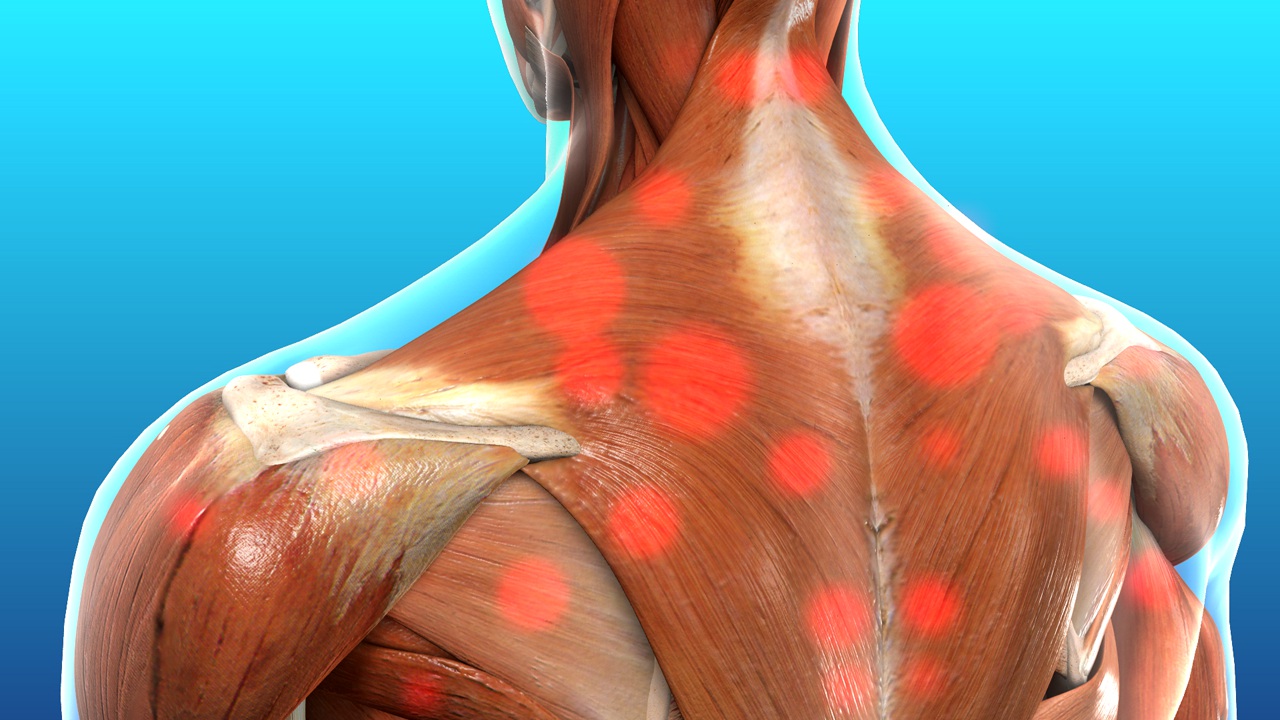Invasive Chronic Pain Management Techniques
Chronic pain can be extremely painful, especially if it persists over time. Inflammatory arthritis, bone fractures from accidents or sports injuries, osteoarthritis, degenerative disc disease, facet joint dysfunction, and sacroiliac joint dysfunction are among the most prevalent sources of chronic pain. Professionals at chronic pain management clinics may resort to invasive procedures in order to relieve their patients’ persistent chronic pain symptoms. These methods have been extensively researched, and they have been found to be both safe and effective.
No one should have to go through further suffering and probable problems on their way to finding relief by Chronic Therapy. There are several minimally invasive pain treatment approaches that provide effective and sustainable remedies based on new technologies and a better knowledge of pain.
Methods of treating chronic pain that are invasive include injecting medication or inserting medical equipment. Many invasive pain management techniques have been tried for the treatment of chronic neck and back pain. Popular interventional chronic pain treatment methods include:
Injections
Injections, which can also be referred to as blocks, are commonly utilized by doctors to alleviate the agonizing chronic pain of their patients. Anesthetics and steroids are primarily administered to guarantee precise distribution to specific ligaments, nerves, and muscles. The anti-inflammatory medication shows better and faster effectiveness when administered directly.

After other pain reduction options like medicine and physical therapy have failed, this method may be tried. The effects of an injection for pain relief can be both short- and long-lasting, depending on the substance utilized. Pain in the lower or upper extremities that originates in the spine, such as from a pinched nerve, may be temporarily alleviated by an epidural injection. Injections like this disrupt the transmission of pain signals to the brain, resulting in significant pain relief.
In addition to alleviating the symptoms of chronic pain, injections are also employed as a method of diagnosis. They aid medical professionals in determining if the location being injected is the source of discomfort.
Nerve impulses sent to the brain via the spinal cord
A spinal cord stimulator might be an excellent option for those who have failed back surgery syndrome, complicated regional chronic pain syndrome, or nerve damage throughout the spine and are unable to get relief from their chronic pain through traditional medical means. The spinal cord stimulator sends out low-voltage electrical currents, which interfere with the nerves’ ability to send pain signals to the brain. The electrodes and battery pack for the stimulator will be implanted through tiny incisions.
Intracept
Those who suffer from persistent discomfort in the lower back may wish to learn more about the Intracept treatment. The basivertebral nerve can be ablated by an intraosseous platform called Intracept. They do the operation with just local anaesthetic, and you can go home right after.
Prolotherapy
Injection therapy is commonly used to repair damage to the musculoskeletal system’s connective tissue. This method is only explored if the patient has exhausted all other treatment options without result. Injured, frail tissues can quickly recover from these puncture wounds because to the injections’ stimulating effect on the body’s natural healing process. For those suffering from back discomfort, they are a lifesaver. Spinal conditions including whiplash, sacroiliac dysfunction, and degenerative disc degeneration can all lead to persistent pain that sclerosant therapy can help alleviate.

Ablation by use of radiofrequency radiation
Here, a little needle is used to provide heat, which eventually deadens the nerves responsible for the pain. About 60% of patients benefit from this, and the effect might persist for months or even years if the right people are chosen.
Electrotherapy
During this surgical procedure, modest electrical pulses are sent to the part of the body where pain is being felt. It’s a final resort that’s rarely employed. Electrotherapy is effective in alleviating pain, mending damaged tissues, boosting circulation, and building up muscle. To put it plainly, it aids in the body’s physical functioning.
It entails a battery-operated gadget with wires that are applied to the skin and attached to electrode pads. After being fastened, it may be turned on to provide a gentle electric current to the skin. Since electrical currents stimulate nerve endings, they can reduce pain and speed recovery. They’re prescribed for conditions including fibromyalgia, persistent headaches, and diabetic nerve pain.
Opioid infusion pumps that can be implanted
These pumps are used to provide opioids to the spinal cord and need surgical implantation. It’s not cheap to buy one of these pumps. Some argue that these tools aren’t useful or even safe for treating persistent back pain.
It may come as a pleasant surprise to those with chronic pain who have been taking opioids for treatment to hear that they can reap the advantages of a slow, safe reduction in conjunction with efficient pain rehabilitation techniques.
Kyphoplasty
Some doctors will recommend kyphoplasty as a treatment for compression fractures since it is effective at repairing the damaged vertebra. To repair your broken vertebra, the doctors will inject a cement-like material into the area. Kyphoplasty may usually be done as an outpatient treatment with just local anaesthetic required.
Microdiscectomy
A lumbar micro-endoscopic discectomy is a procedure that can be used if a patient is having issues with one of the discs in their lower back. The injured section of your disc and any pieces are removed during this treatment utilizing tiny incisions and specialist equipment.
For more information on how you can better manage your chronic pain symptoms, you should book a consultation session with a specialist at Chronic Therapy today, to give you professional advice that will suit your personal experience.
